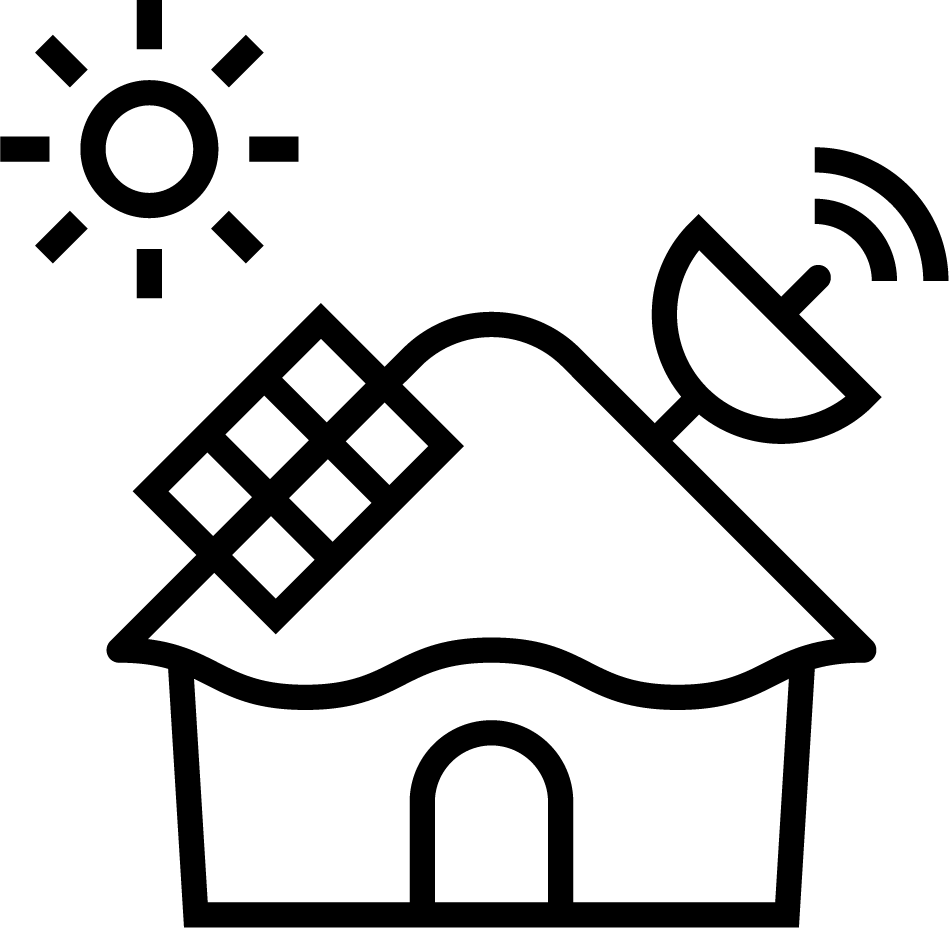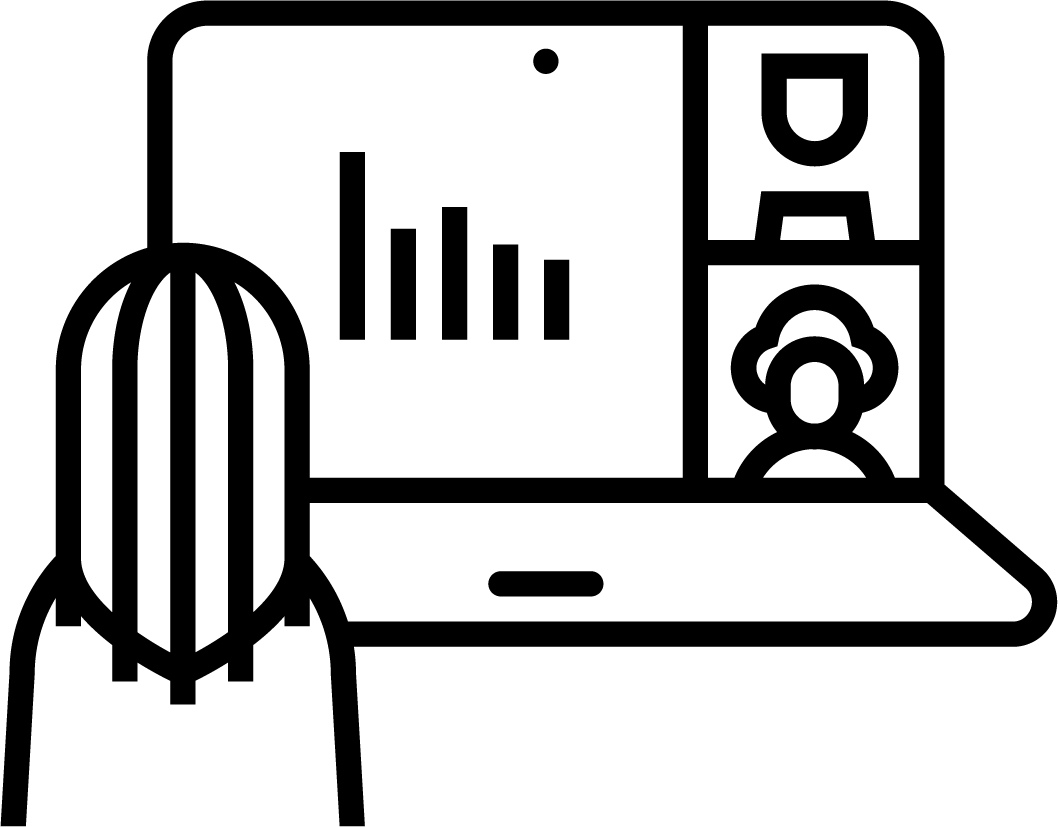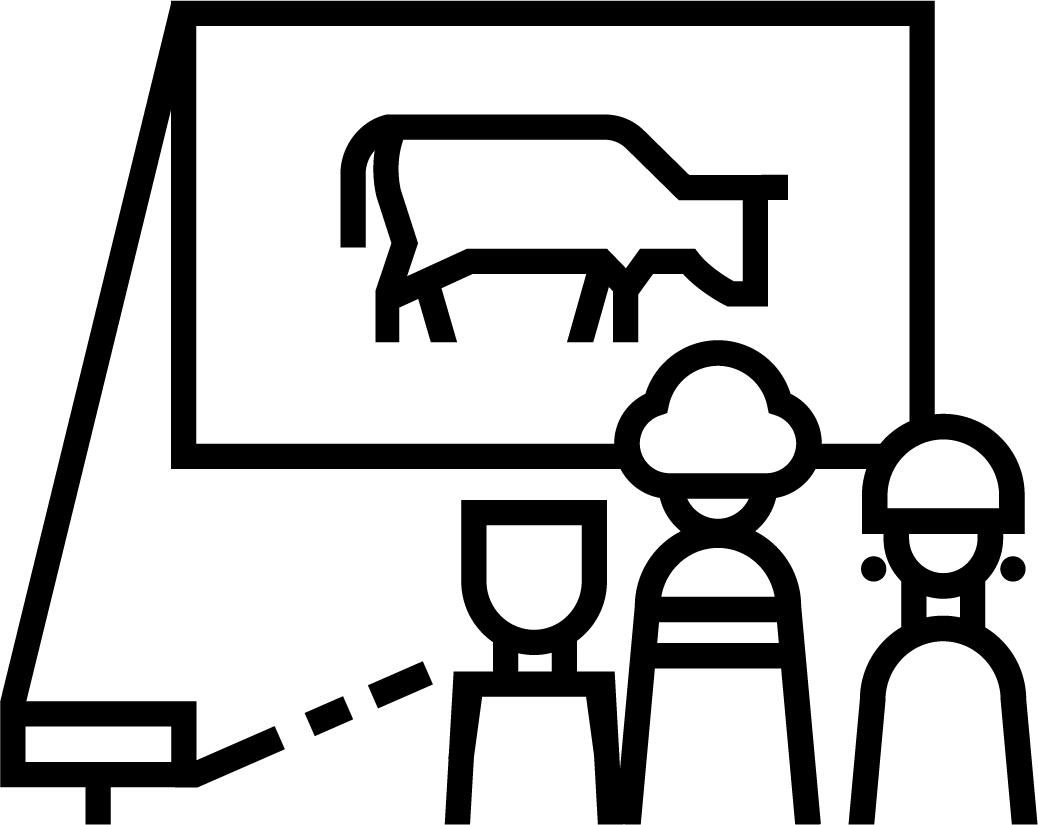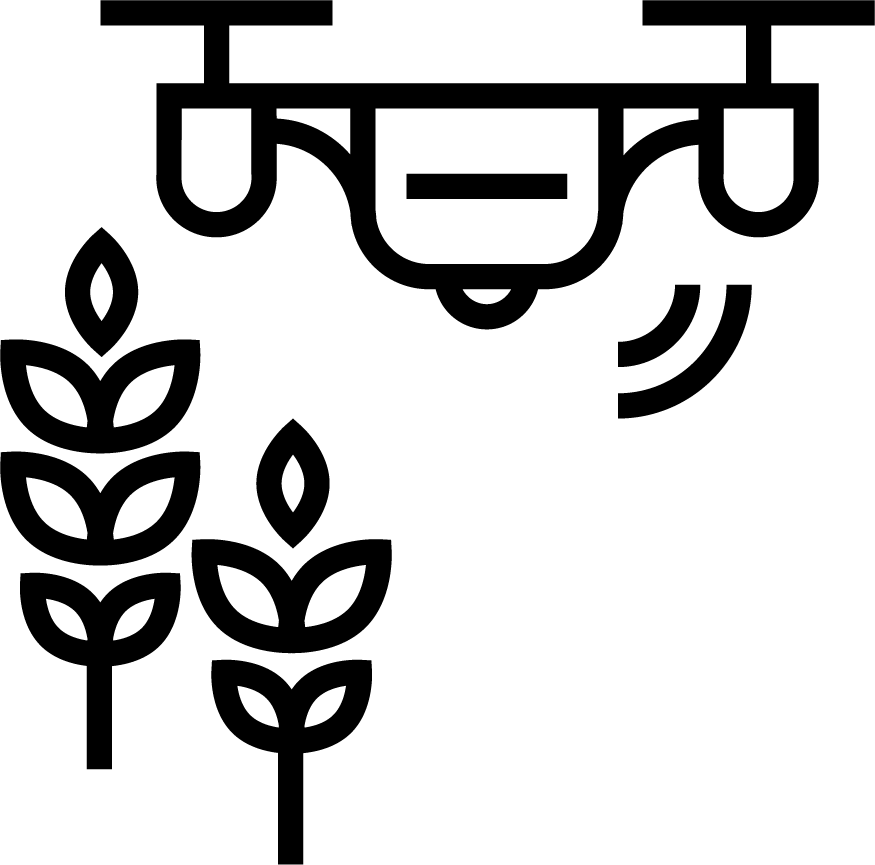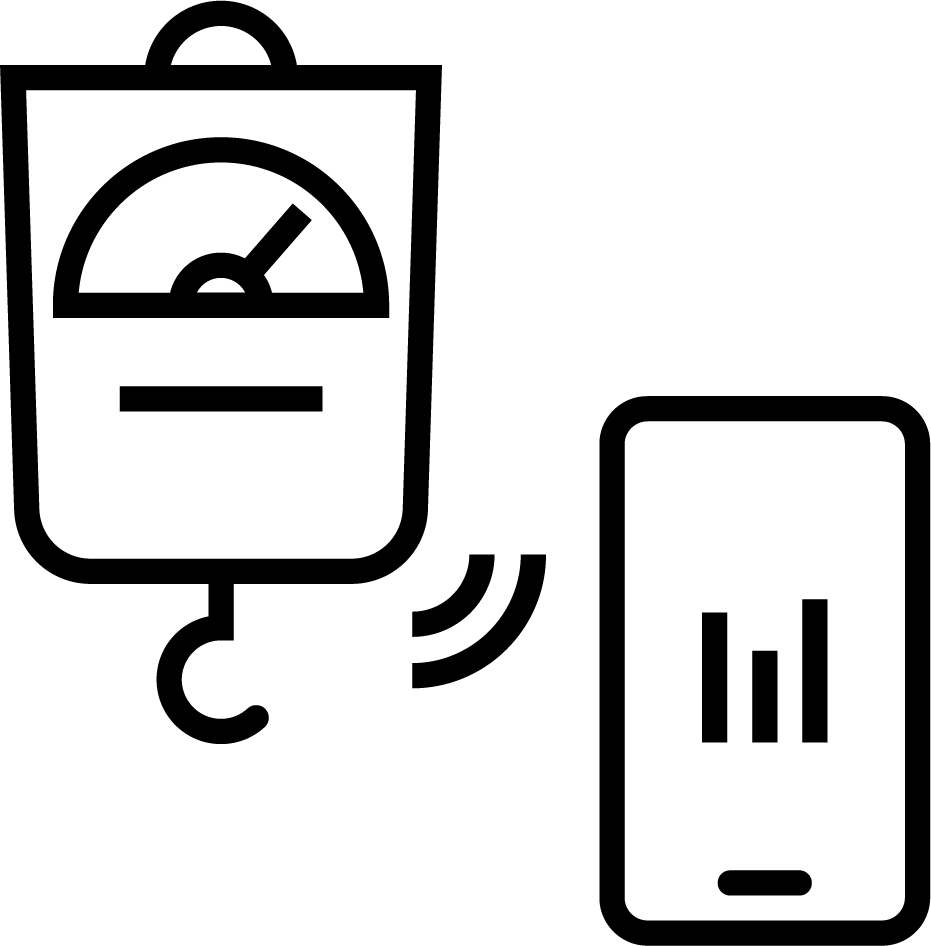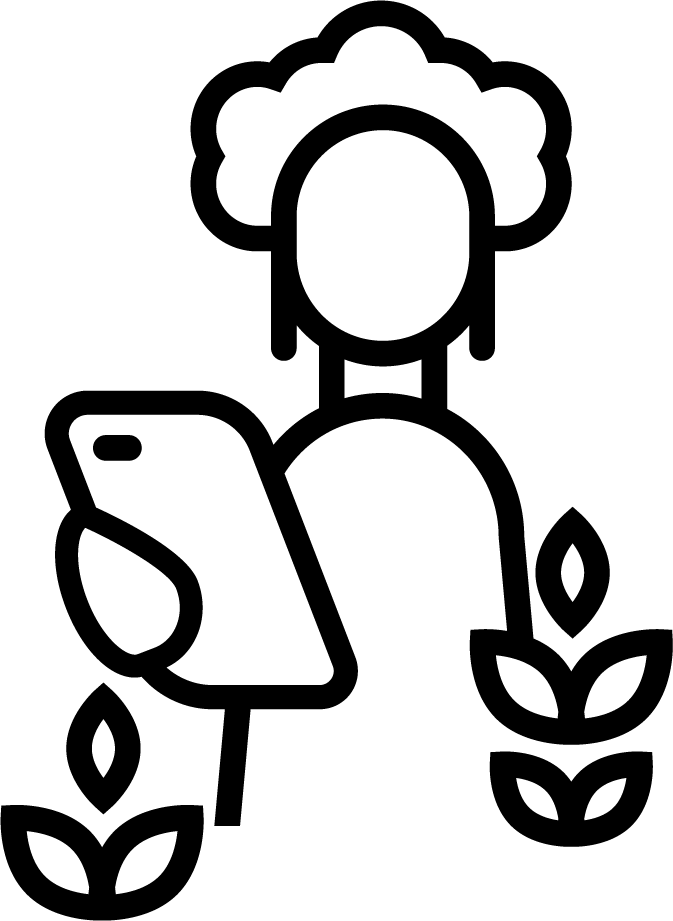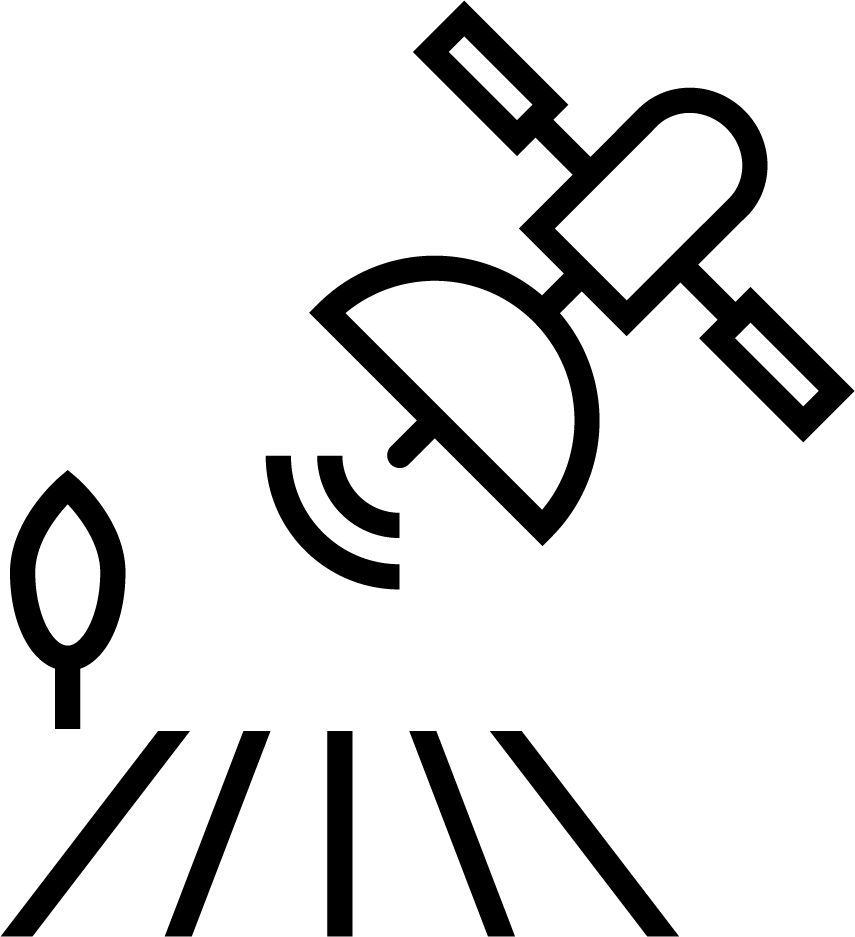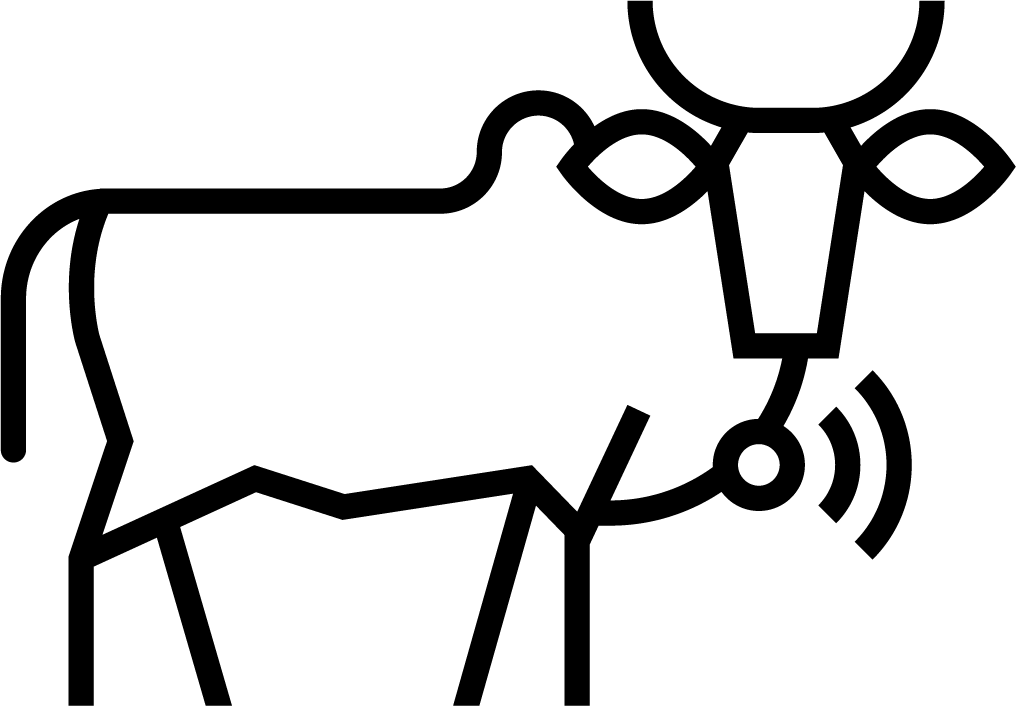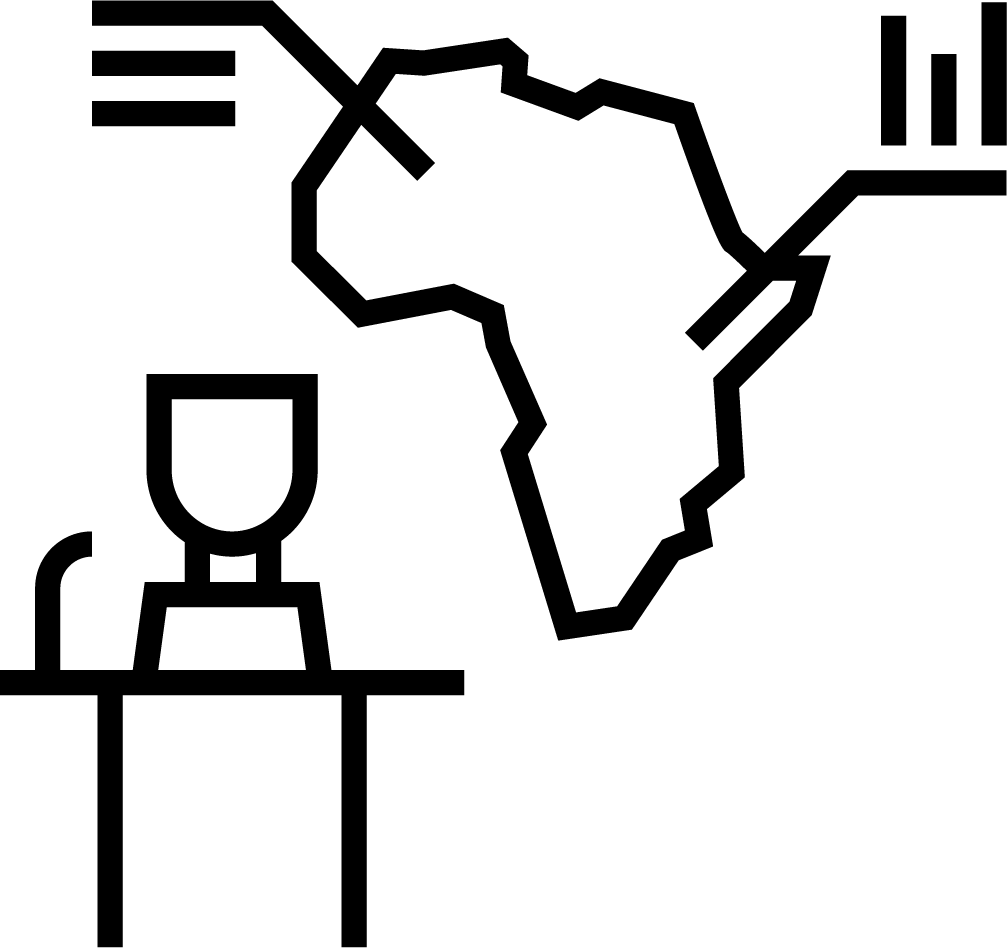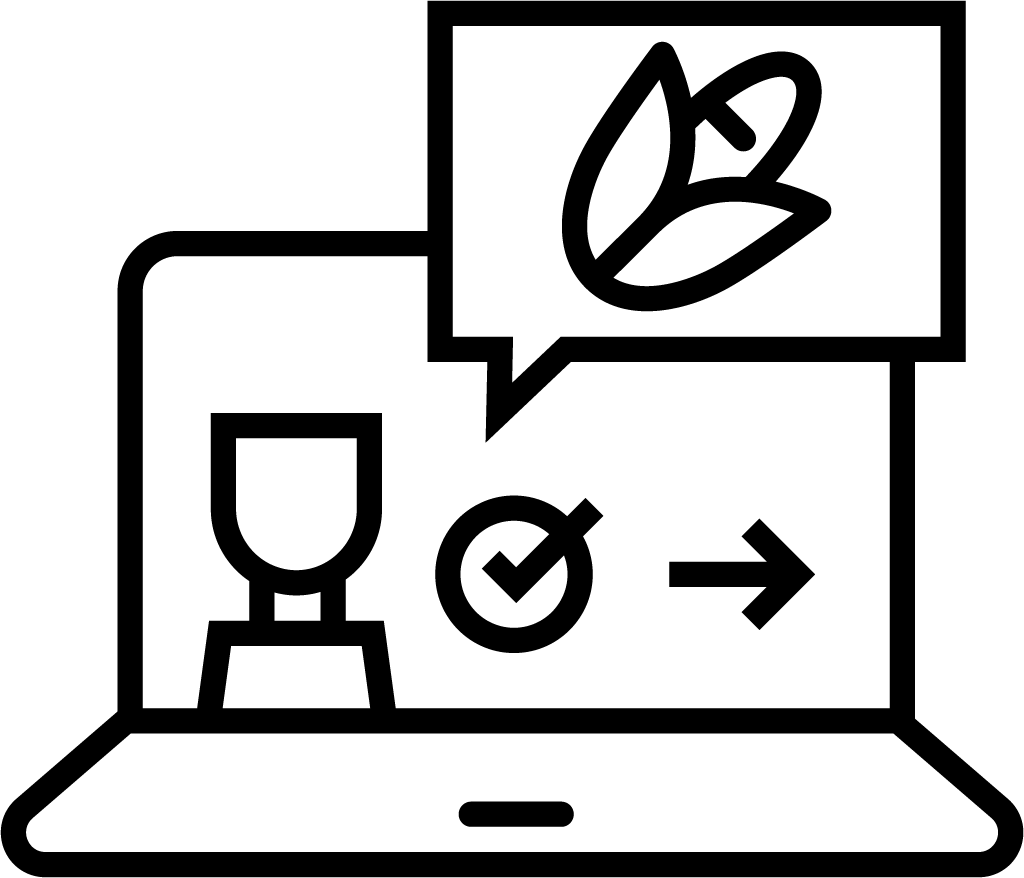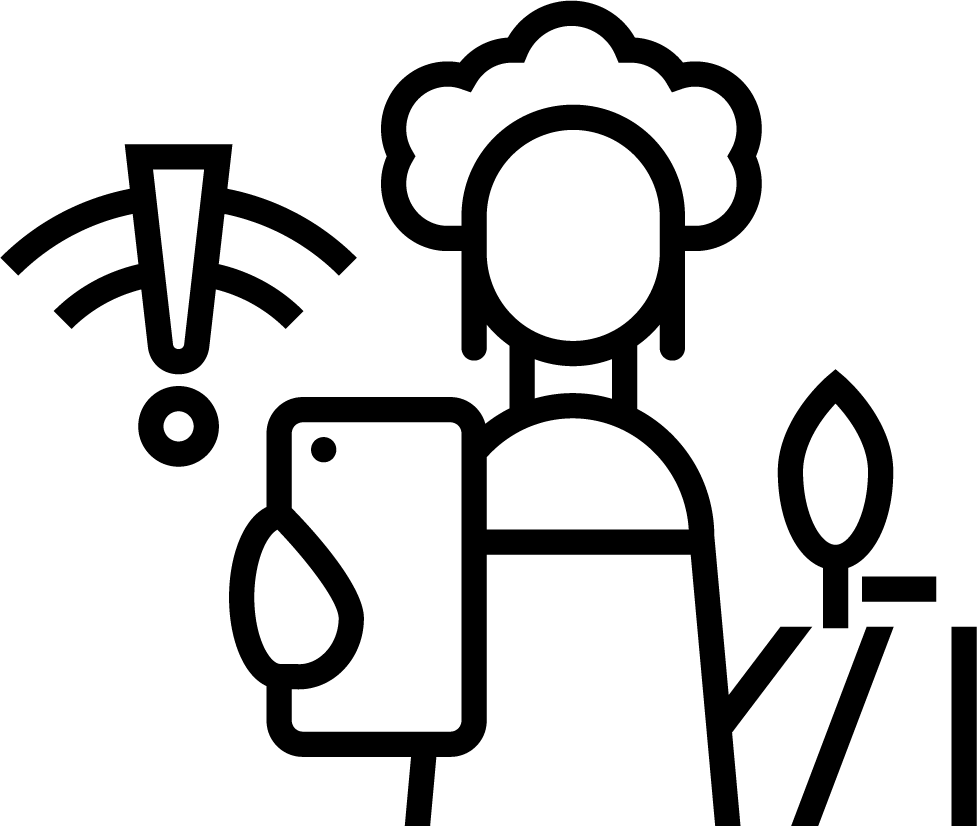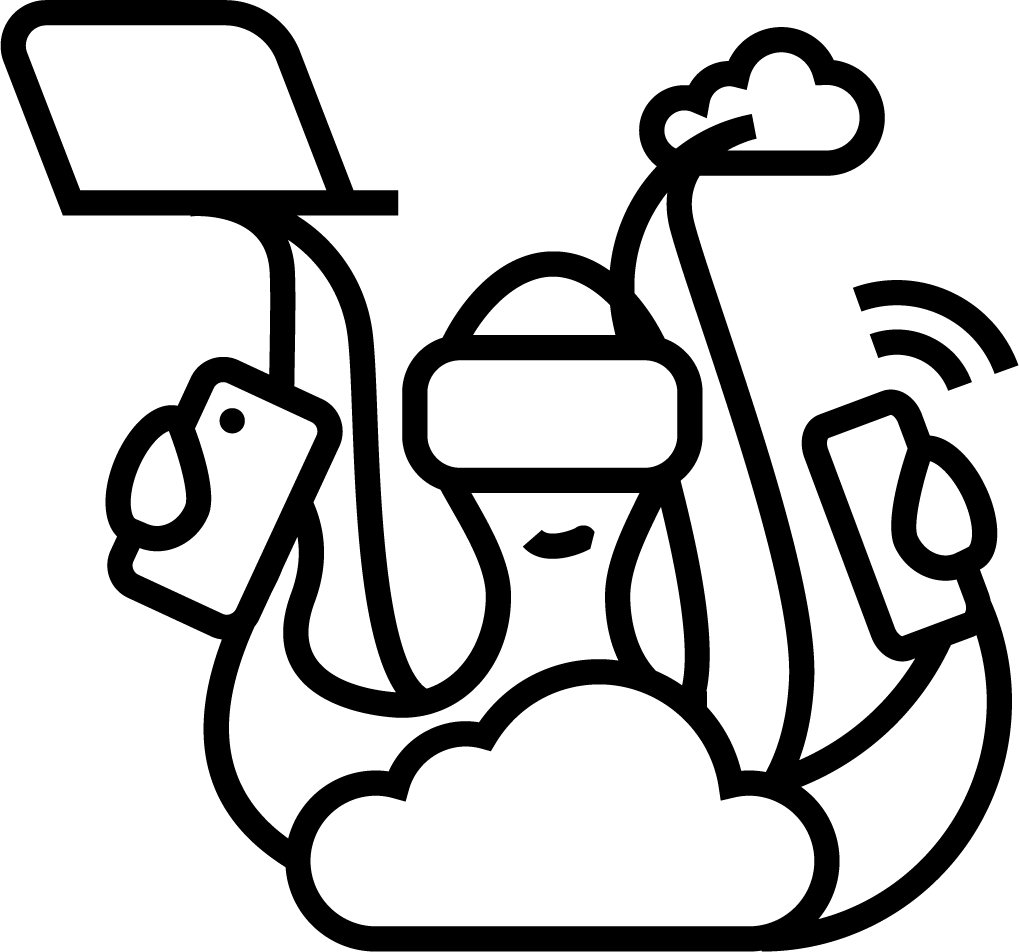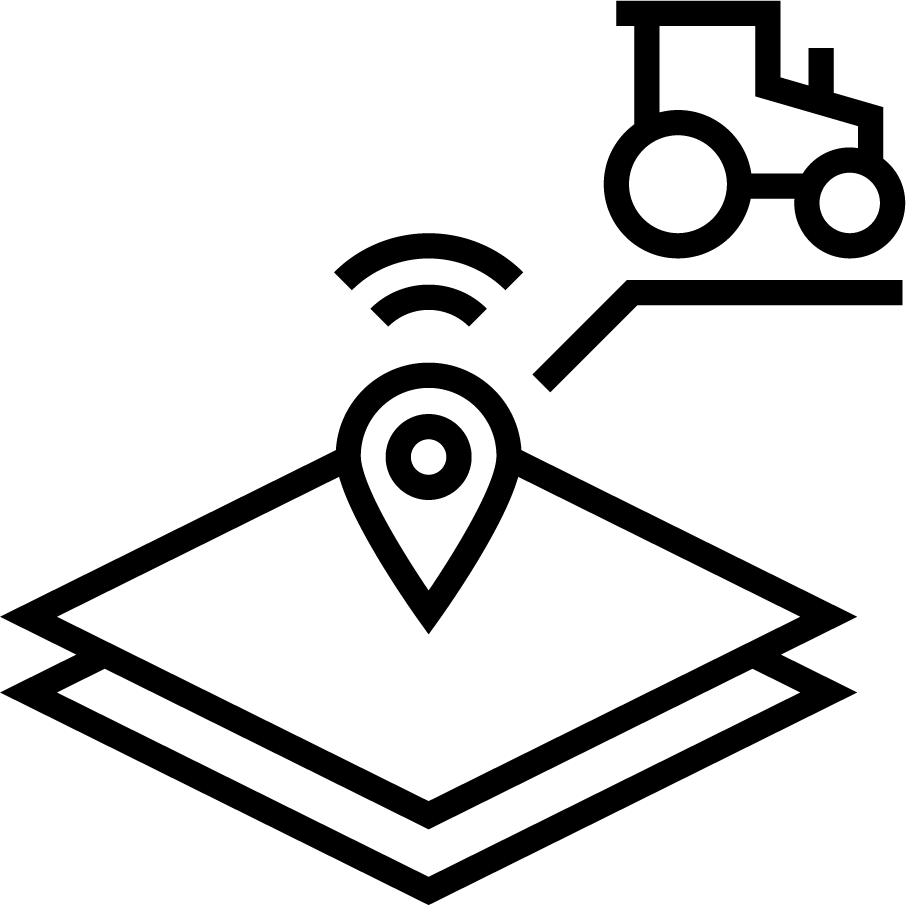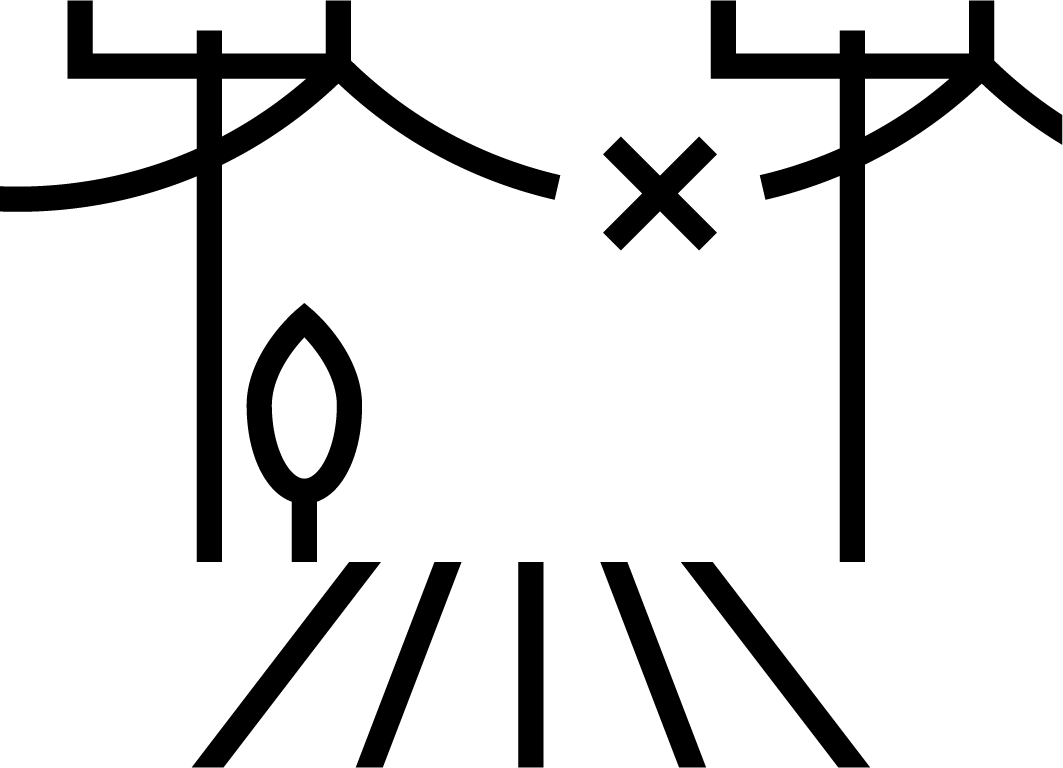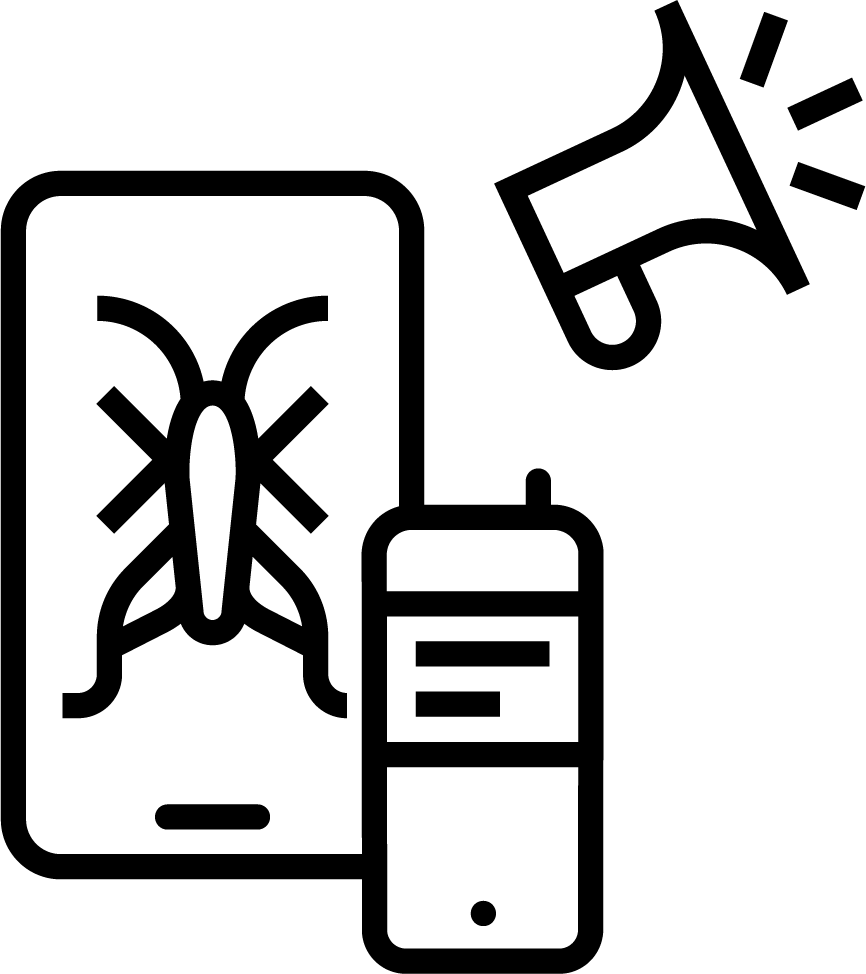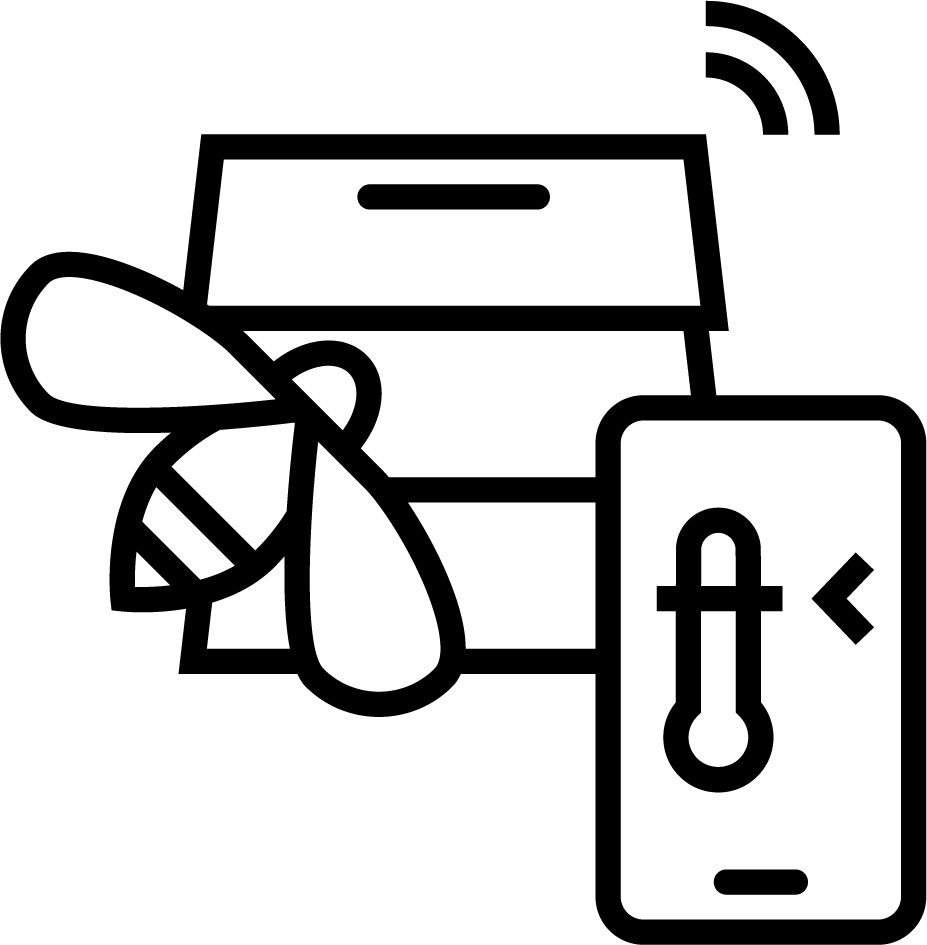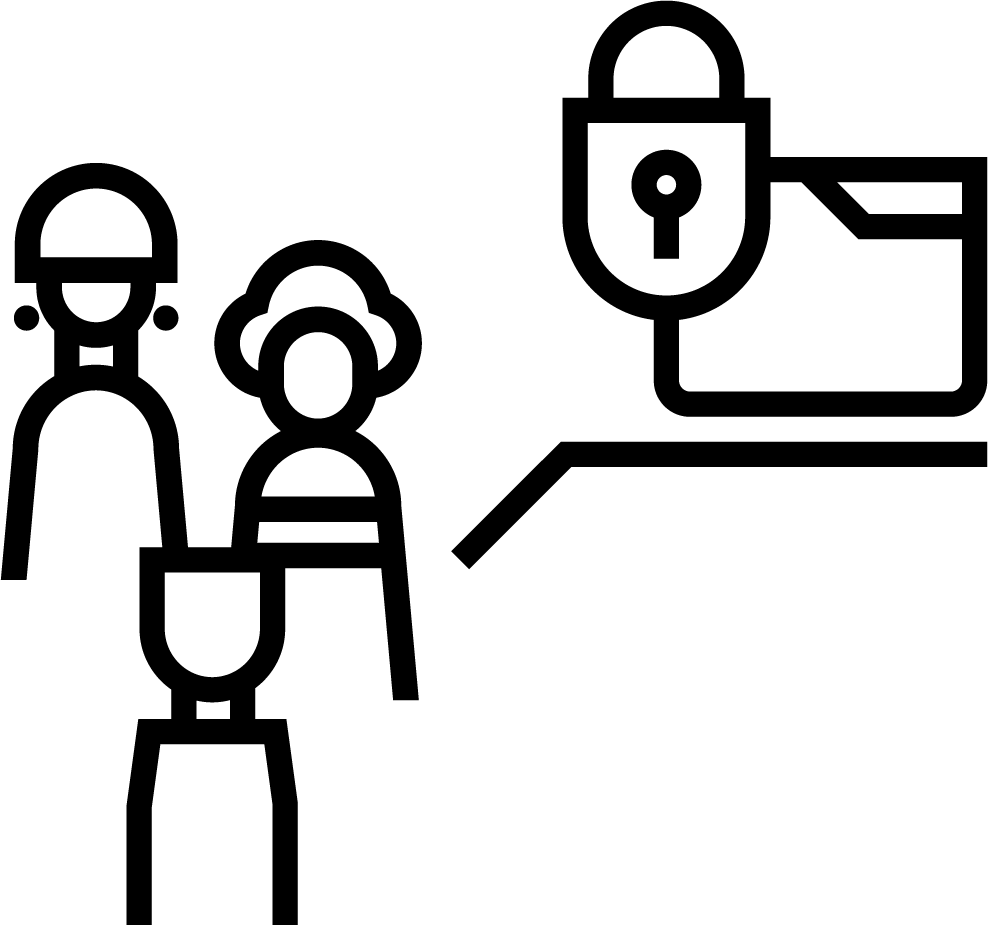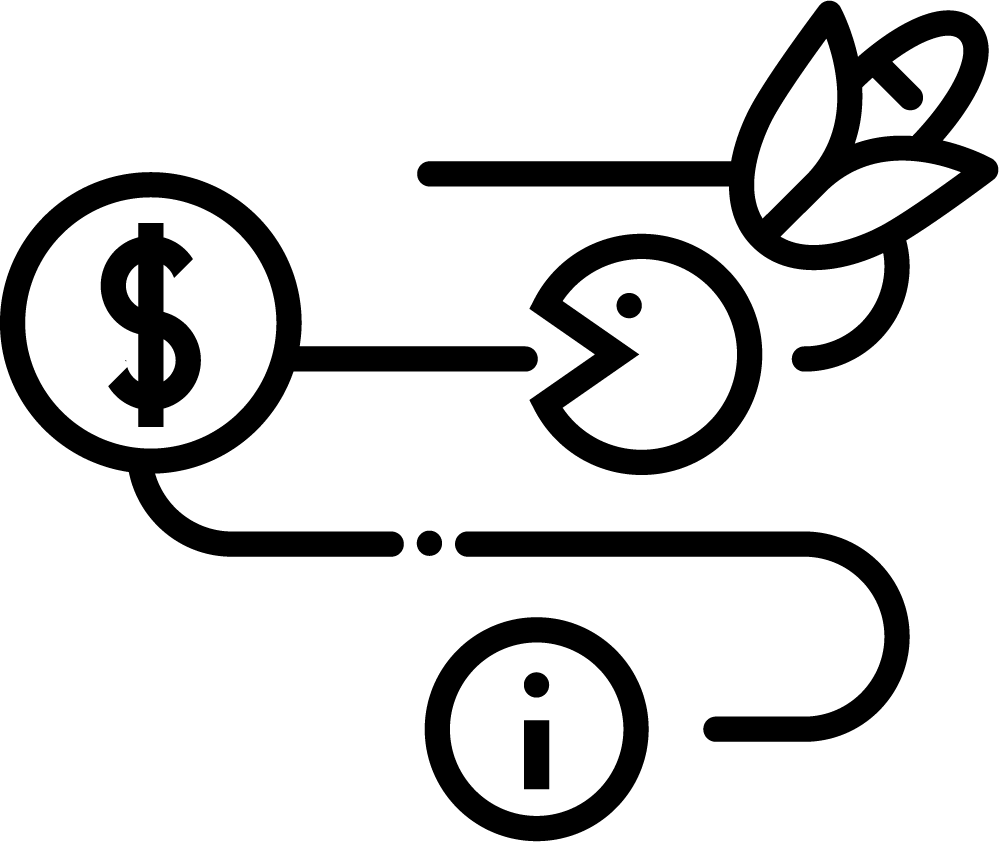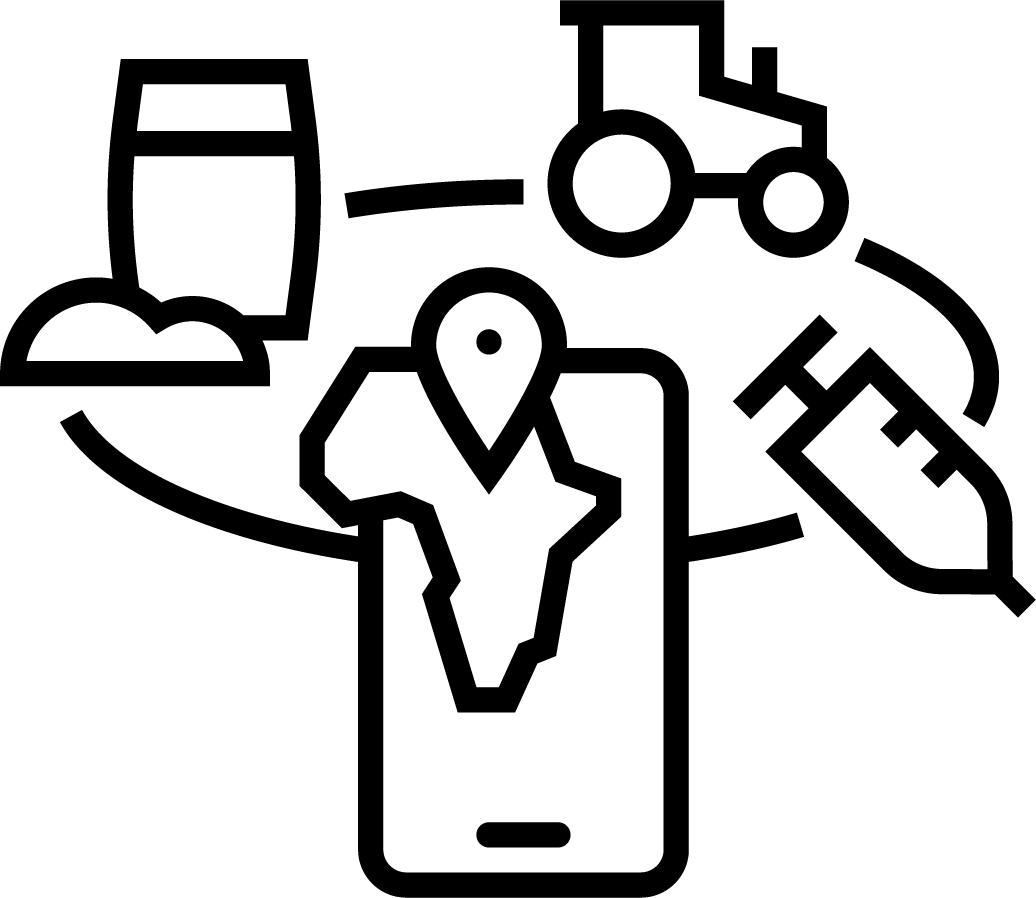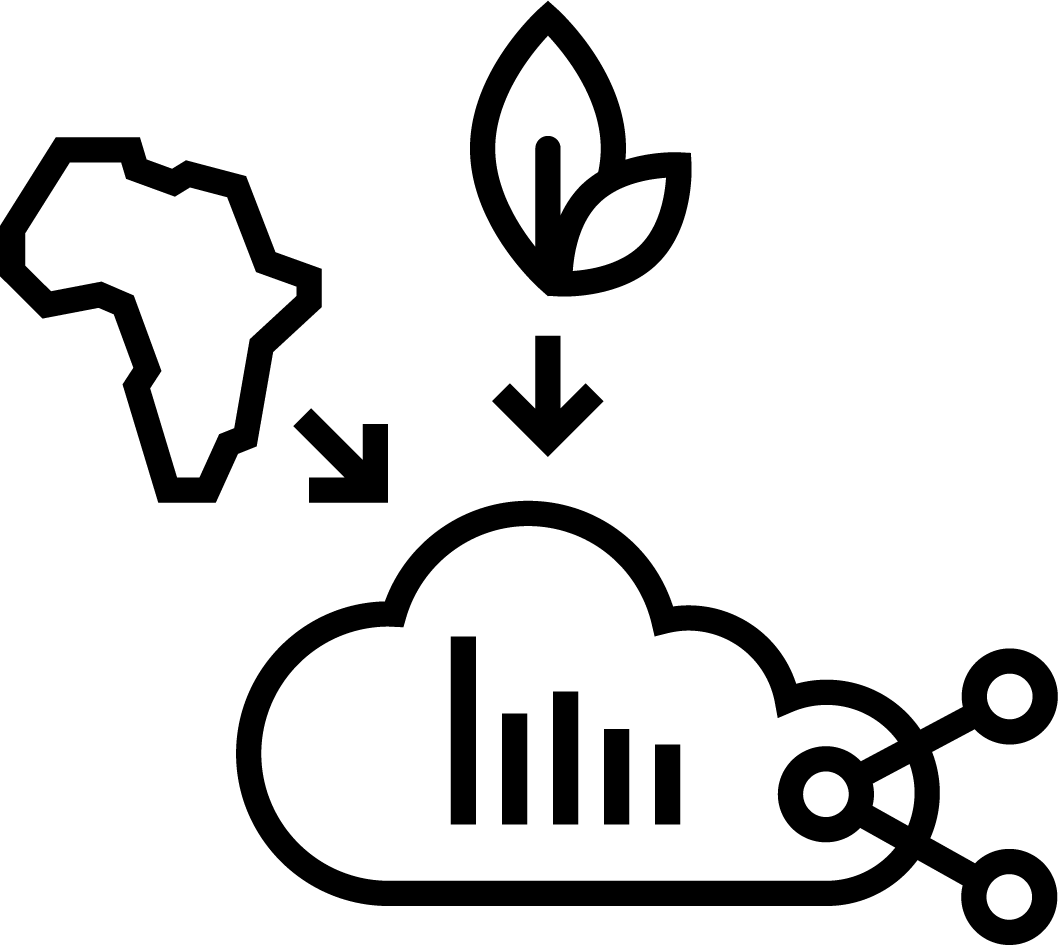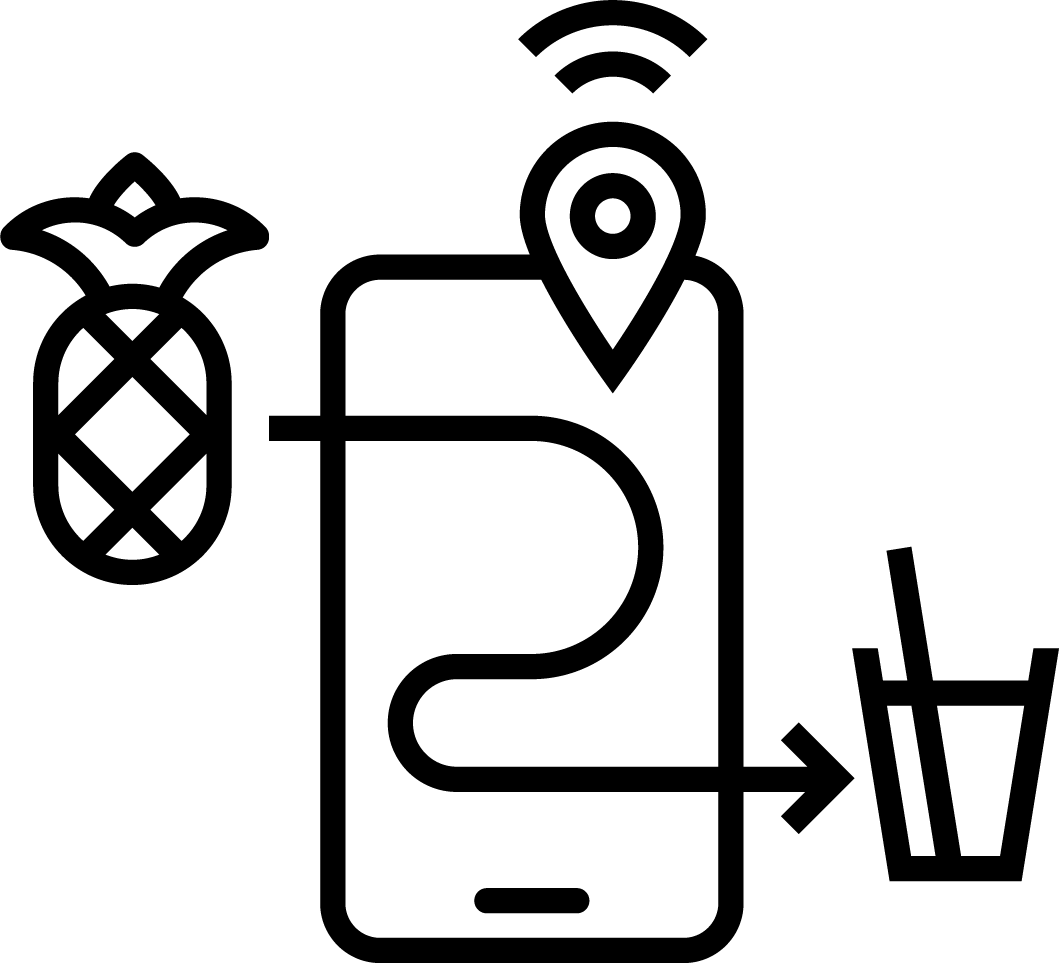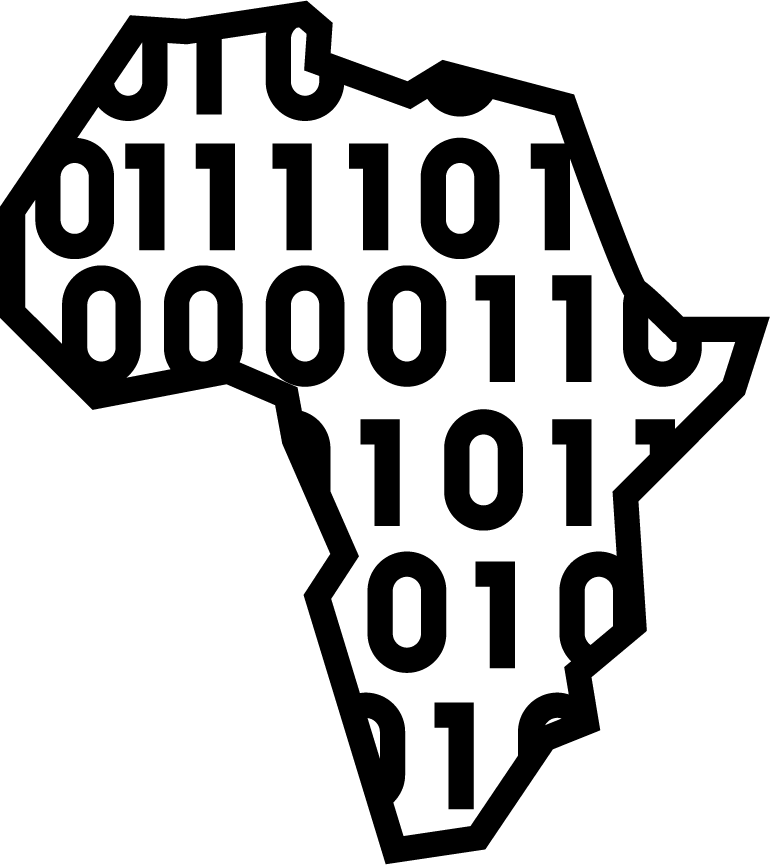New Set of Icons for You To Use
Also available in SVG files (zip) | © GIZ
Have you ever struggled to express your digital ideas in an accessible way? Looking for a way to communicate your ideas or interventions clearly?
You love using icons but there never seem the right ones around? Often they are not adapted to local context or people, depicting only men using technologies. Or simply not what you were looking.
Here is something for you
We certainly have faced those issues and hence have decided to add some icons to our repertoire. In a participatory approach involving other communities and colleagues, we came up with different topics and technologies of interest. With the help of graphic designer Linda Einhoff, we then brought your ideas to life.
The result is a set of 24 icons which we are very happy to share with you. Please feel free to use them and we’d appreciate your feedback on them.
Legend of the icons
Description of each icon, left to right, top to bottom.
The digital dinosaur
The digital dinosaur is a member of almost every team — a colleague who strives hard to keep up with the digital development but lacks the capacity to do so. This then might even cause frustration and refusal to utilize technology. Our digital dinosaurs need additional support to not be left behind in a rapidly transforming world.
Round hut
The round hut shows the new reality in many rural areas of African countries. People even in remote areas are connected and have access to electricity. They have satellite TV and often rely on off-grid solar energy solutions.
Virtual meeting
Latest with the emergence of COVID-19 the world has switched to digital forms of communication and cooperation and so did people in Africa. Different software for virtual cooperation has spread across the continent revolutionizing the way we work together.
Projector meeting
Extension services use emerging technologies to reduce costs and improve the quality of smallholder advisory services. Locally produced videos on good agricultural practices that are presented and discussed in facilitated screenings have led to increased adoption of new technologies and farm practices.
Digital scale
Digital innovations can improve agricultural value chains to be more transparent, efficient and effective. For example, digital scales can be used for unbiased weighing and transparent sales of agricultural produce. You can even connect a smartphone and print or send out electronic receipts via SMS.
Photo drone
Drones can be equipped with optical and other sensors to collect data. With the help of artificial intelligence, imagery and additional data can be used to determine land usage, carbon sinks, estimate yields in advance, or recognize deficiencies and diseases in crops and livestock.
Zebu cattle with transponder
Technologies like transponders, step-counts, GPS, thermometers and cameras can be used to track and trace livestock health and productivity as well as pasture management for informed decision-making leading to higher efficiency and animal welfare.
Data governance
Government, companies and people need to have control and regulated access to data. Good governance and decision-making often depend on data availability and quality. In order to ensure equal data access and data privacy, one needs regulations and sound data governance.
African women with phone
Women often bear a heavy workload but are often less empowered than men. Mobile devices and apps can change that if digital literacy is embraced for women and men equally, e.g. giving women access to financial services like mobile money. There is proven evidence that family financials are better managed by women compared to men.
Satellite-based services
Remote sensing can be used for monitoring and data collection in agriculture, even in smallholder systems. For instance, satellite imagery can be used to estimate tree biomass and collect carbon credits, monitor pests or estimate yields and predict food security.
E-learning
E-learning has also become an important part of agricultural training/education. Well-designed courses are engaging and can complement practical or classroom training or even extend the curriculum with additional modules.
Lack of connectivity
Connectivity and related costs remain a challenge, especially in rural and remote settings. Usually, apps need to be online in order to be accessible. In rural areas with limited connectivity offline capabilities of apps are essential to be useful.
Digital pioneer
A digital pioneer is found in almost every team and their knowledge and skills can be leveraged to everyone’s advantage. They are early adopters of technologies engaged and enthusiastic about it. They can be drivers of change but can also scare others who are less tech-savvy.
Drones for input allocation
Drones can also be used for precision farming, e.g. to spray or fertilize crops with the highest efficiency. Also planting of orphaned crops such as fonio, teff or other small cereals can be supported. This is an emerging technology with much potential that could be harnessed for greater resource use efficiency.
Intelligent sensors
Sensors nowadays can generate data about crops or livestock which can be used to optimize health and production while minimizing inputs. The data collected by heat, motion, humidity or optical sensors is processed by applications to advise on how to manage a farm.
Early warning systems
Early warning systems inform the population of food security risks. Usually, they are used for airborne diseases, vectors, or pests which pose considerable threats and risks. One common example is locust warning via SMS/IVR/push notifications/radio.
Tractor sharing
Agricultural service providers face the challenge of finding customers and optimizing the occupancy rate of their machines. A tractor-hailing service via SMS/IVR (Interactive Voice Response) or app matches customers and service providers making services more efficient, accessible, and affordable. Such matching solutions also exist for other farm equipment or services.
Black-outs
Uninterrupted electricity supply is still a challenge in many countries. This severely limits the productivity and reliability of producers and processors in supply chains. It also affects the way services can and have to be delivered.
Data protection
Consent, as a basic principle of personal data collection for any purpose, still needs to be recognized and formalized in many countries. Farmers and other value chain actors should have control over their data, i.e. the right to decide who uses their data for which purpose, for how long and where as well as with whom this data is shared.
Open data
Often data is in the hands of market-dominating (tech) companies. Digital public goods like open data make data accessible and reusable for all. Accordingly, open data can balance power inequalities and boost local innovation and development.
Digital Africa
Africa is a vast continent with a very active and innovative IT scene. It has the potential to become the next tech hub if the framework is set right for start-ups to thrive.
Food traceability
Different innovations are addressing the consumer demand for more transparency in food value chains. Traceability of production, processing and transport leads to higher accountability particularly for niche or certified markets. This also opens the door for price premiums, tipping schemes or other processes.
Platform economy
Integration of different digital services into one platform can help to make these services more user-friendly, financially viable and feasible. A one-stop shop or service provider is more attractive and allows for cross-financing of otherwise unviable services such as agricultural advisory.
Gamification
People learn best if they have fun. Things learned in a game tend to be retained much better and longer. Serious content converted into a game can help to improve the quality of education or training in agriculture.
Download
Contact
Please leave us a comment in the SNRD Africa ICT4Ag and Digitalisation teams channel within the ICT4AG room (https://tinyurl.com/3vzvhhmw) or send us an email (Julia.doldt@giz.de; Prisca.watko@giz.de).
We hope you also appreciate our digital dinosaur and the digital mastermind.


